




Celebrate National Space Day by exploring our solar system! Celebrated on the first Friday of May, take some time to appreciate the infinite cosmos that is our solar system.
Learn more on the national day calendar website!
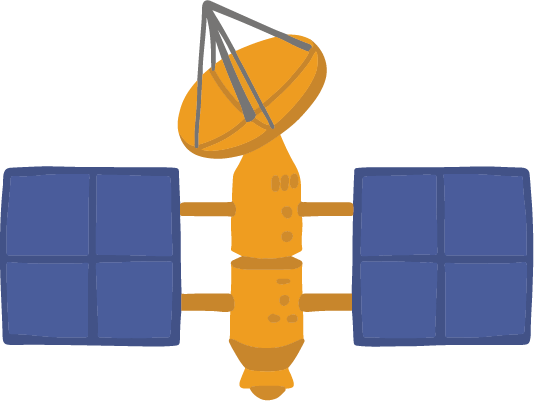

The smallest planet in our solar system and nearest to the Sun, Mercury is only slightly larger than Earth’s Moon. From the surface of Mercury, the Sun would appear more than three times as large as it does when viewed from Earth, and the sunlight would be as much as seven times brighter. Despite its proximity to the Sun, Mercury is not the hottest planet in our solar system—that title belongs to nearby Venus, thanks to its dense atmosphere.
miles from the sun
planet type
surface temperature


Venus is the second planet from the Sun and our closest planetary neighbor. Similar in structure and size to Earth, Venus spins slowly in the opposite direction from most planets. Its thick atmosphere traps heat in a runaway greenhouse effect, making it the hottest planet in our solar system with surface temperatures hot enough to melt lead. Glimpses below the clouds reveal volcanoes and deformed mountains.
miles from the sun
planet type
surface temperature
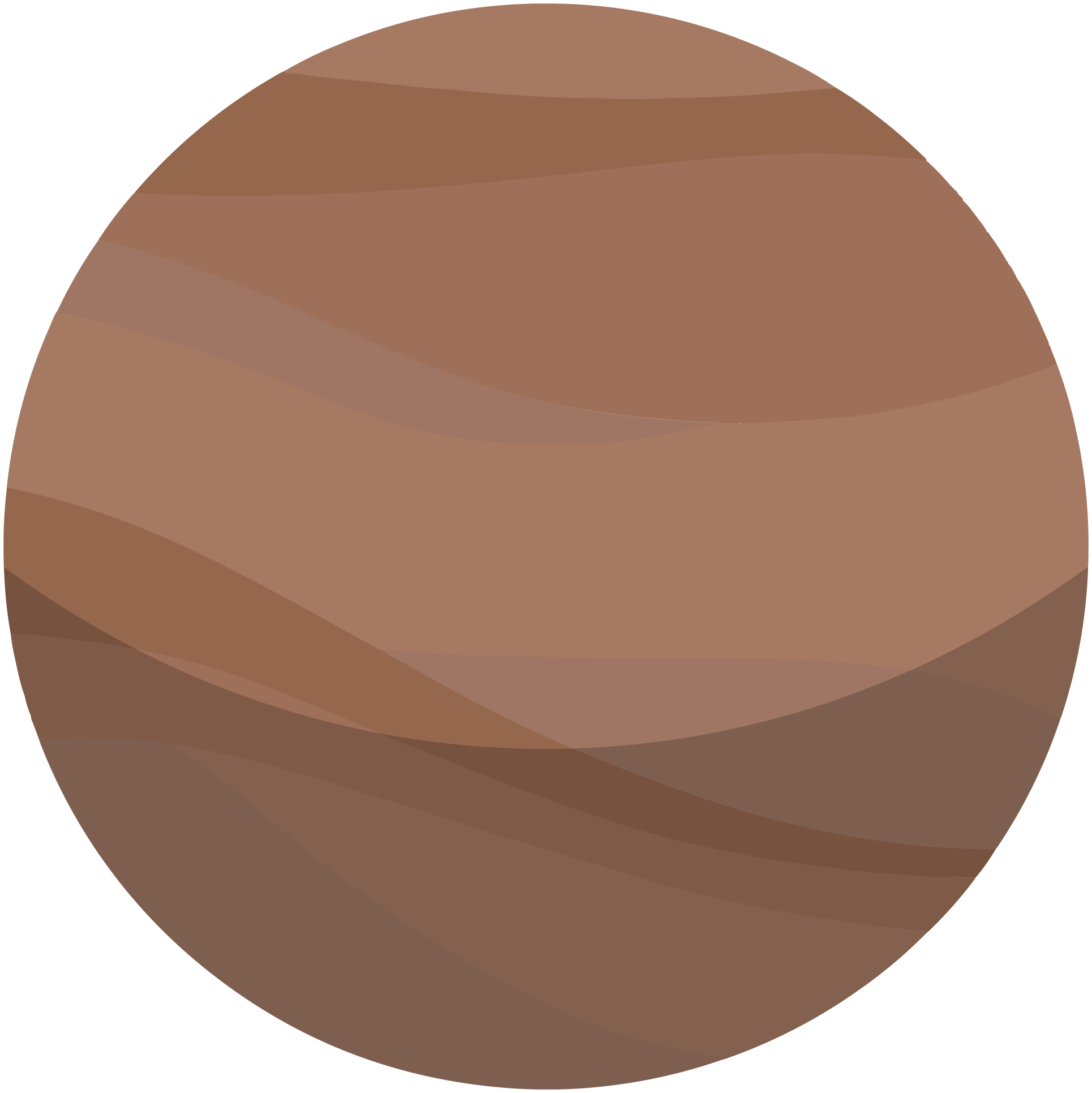
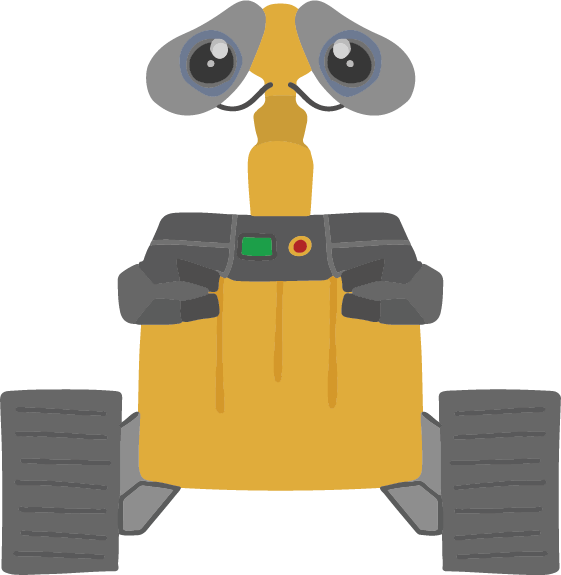

Our home planet is the third planet from the Sun, and the only place we know of so far that’s inhabited by living things. While Earth is only the fifth largest planet in the solar system, it is the only world in our solar system with liquid water on the surface. Just slightly larger than nearby Venus, Earth is the biggest of the four planets closest to the Sun, all of which are made of rock and metal.
miles from the sun
planet type
surface temperature

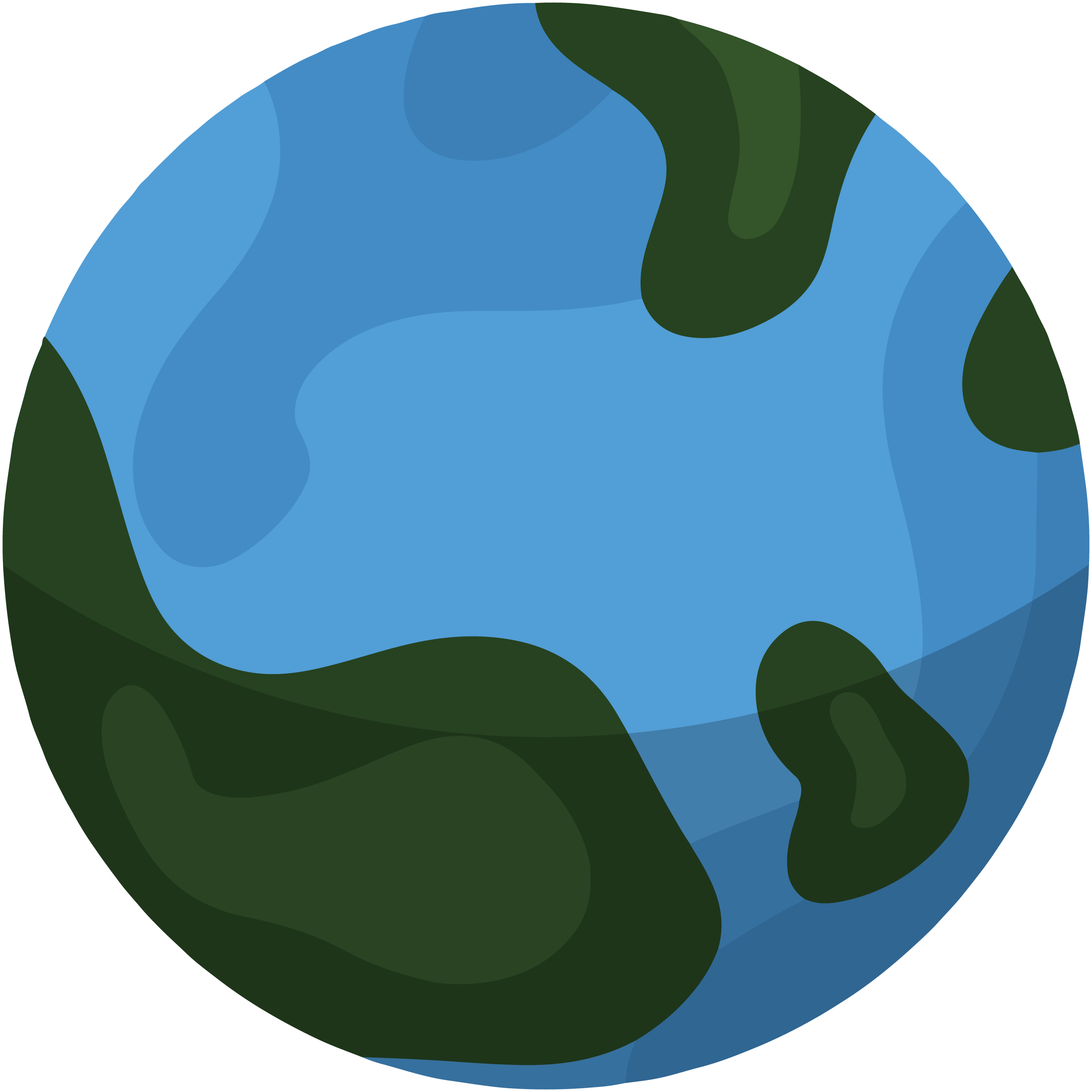


The fourth planet from the Sun, Mars is a dusty, cold, desert world with a very thin atmosphere. This dynamic planet has seasons, polar ice caps, extinct volcanoes, canyons and weather. Mars is one of the most explored bodies in our solar system, and it’s the only planet where we’ve sent rovers to roam the alien landscape.
miles from the sun
planet type
surface temperature
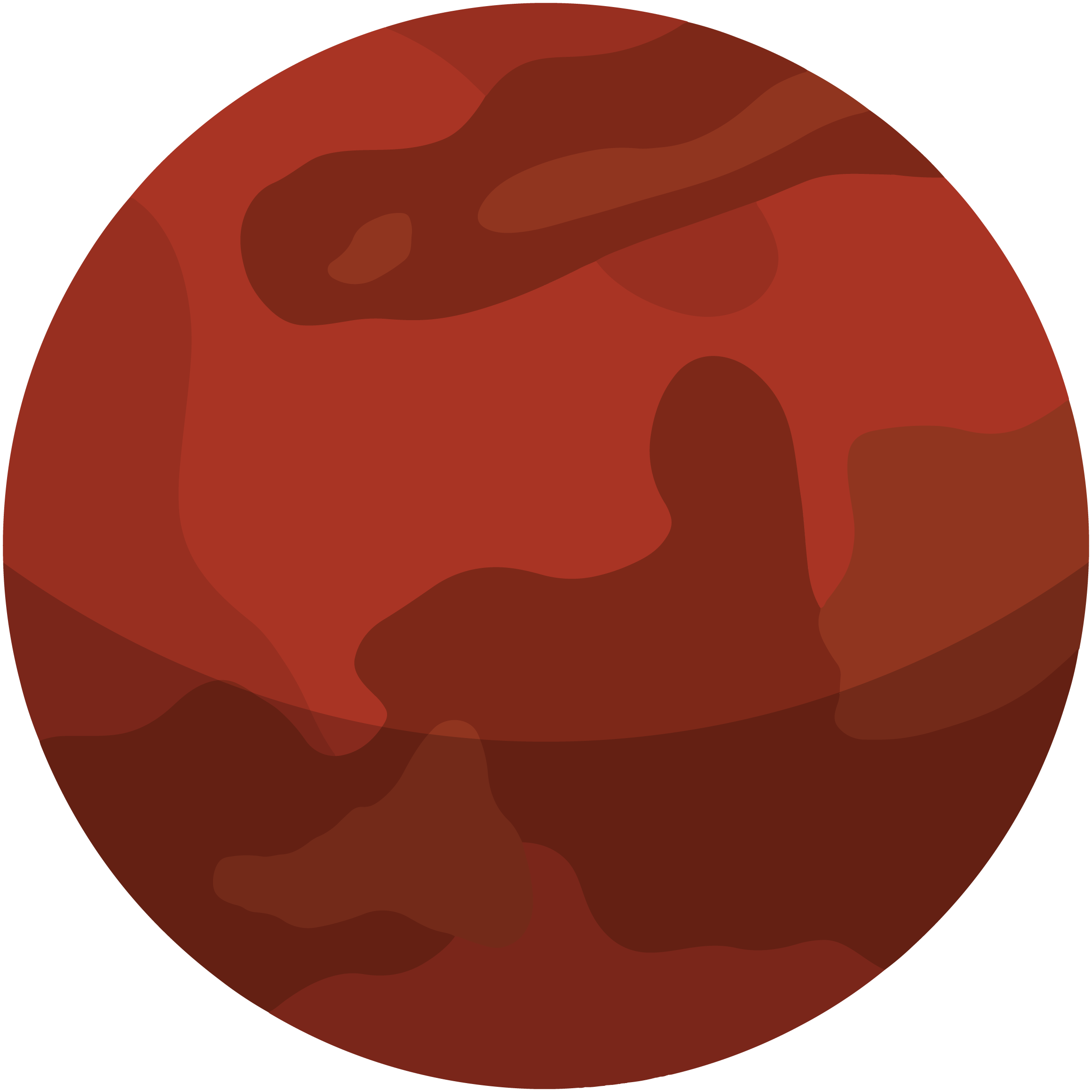


Asteroids, sometimes called minor planets, are rocky, airless remnants left over from the early formation of our solar system about 4.6 billion years ago. Most of this ancient space rubble can be found orbiting the Sun between Mars and Jupiter within the main asteroid belt. Asteroids range in size from Vesta — the largest at about 329 miles (530 kilometers) in diameter — to bodies that are less than 33 feet (10 meters) across. The total mass of all the asteroids combined is less than that of Earth’s Moon.
known asteroids
largest known asteroid
surface temperature


Jupiter has a long history surprising scientists—all the way back to 1610 when Galileo Galilei found the first moons beyond Earth. That discovery changed the way we see the universe. Fifth in line from the Sun, Jupiter is, by far, the largest planet in the solar system—more than twice as massive as all the other planets combined.
miles from the sun
planet type
surface temperature
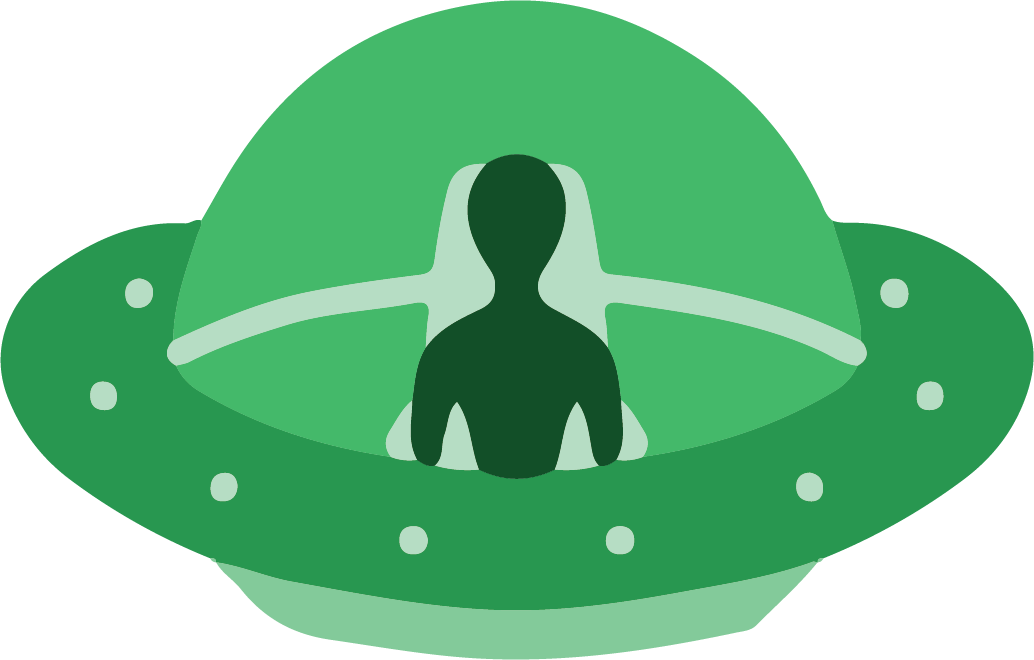
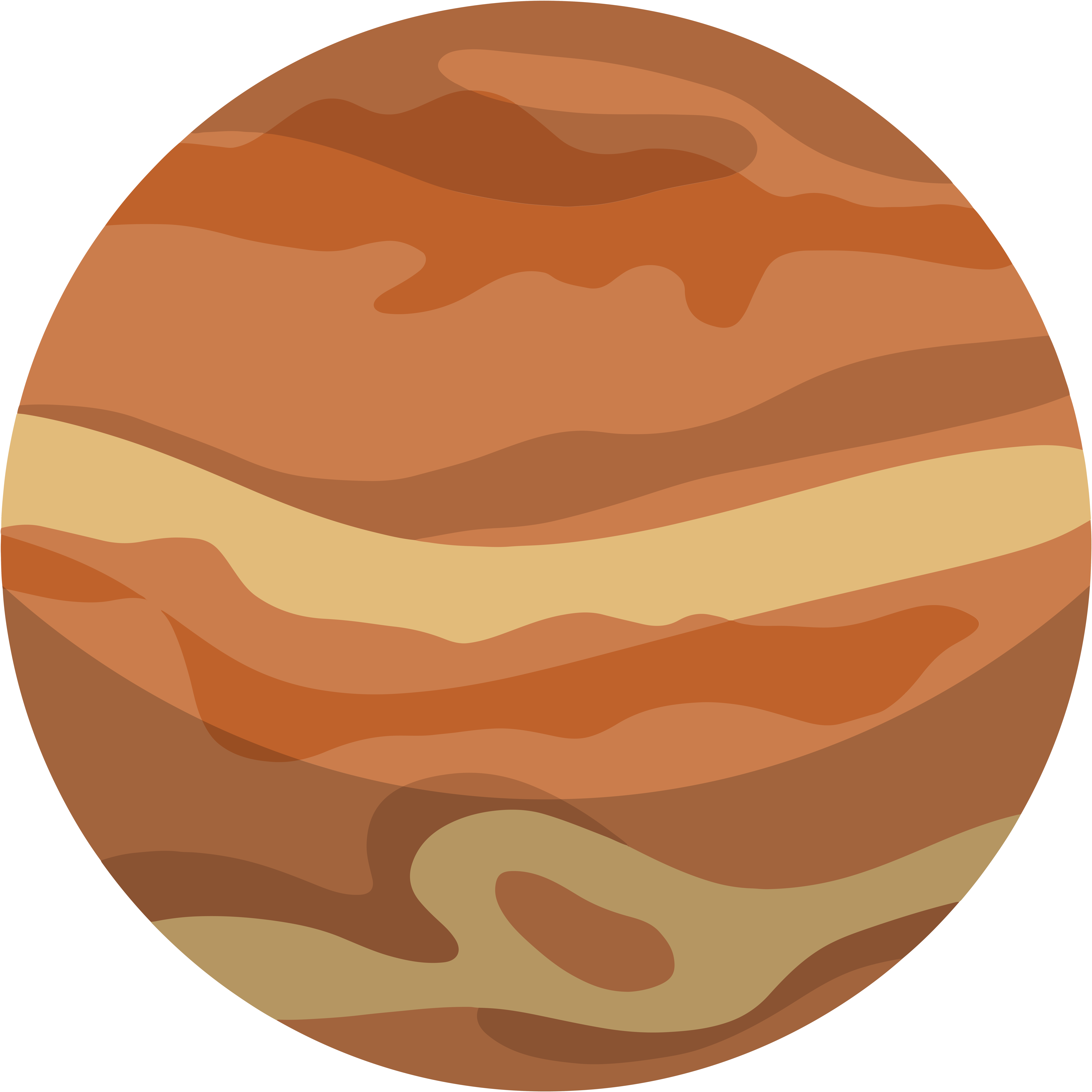

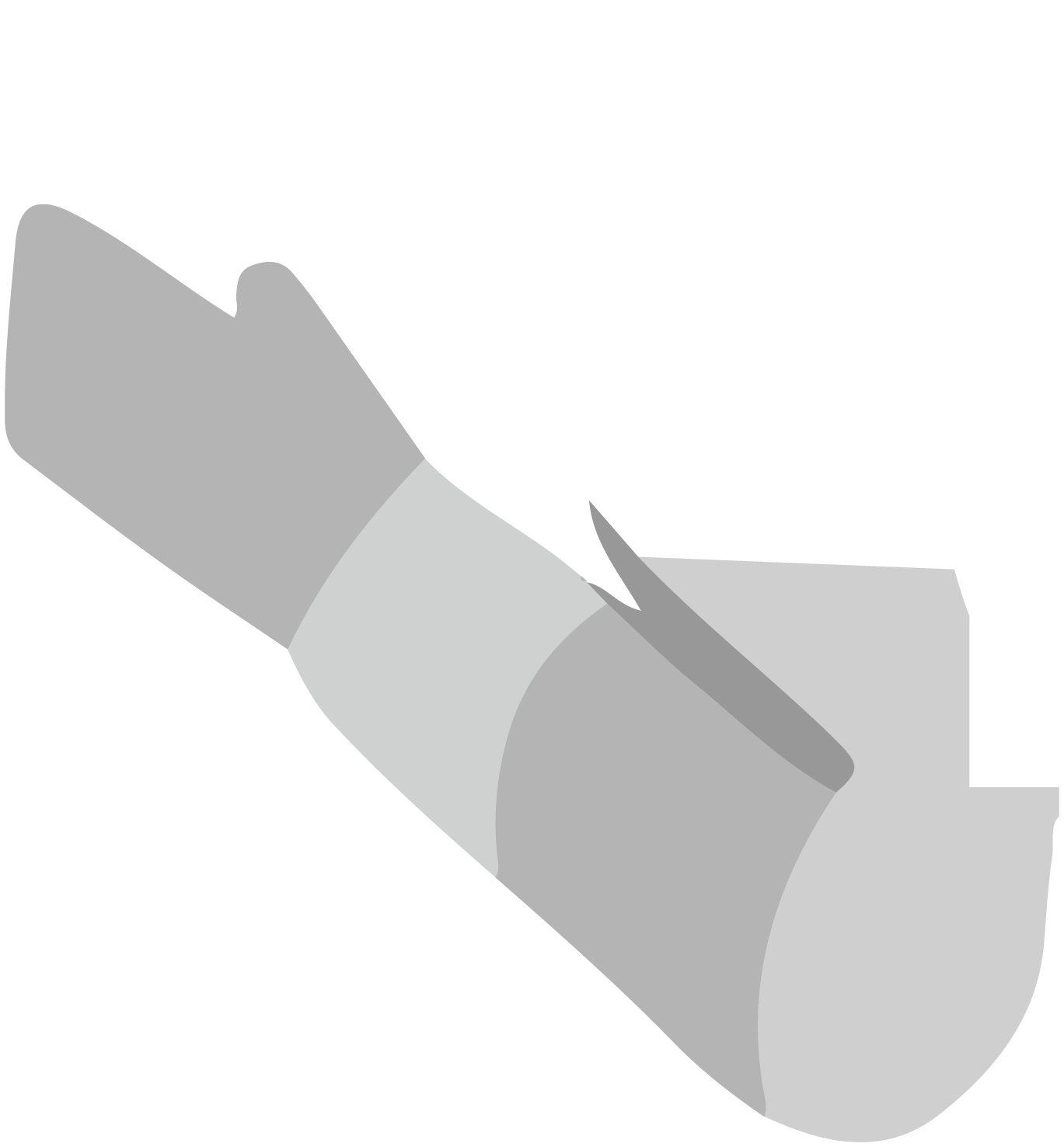

Saturn is the sixth planet from the Sun and the second largest planet in our solar system. Adorned with thousands of beautiful ringlets, Saturn is unique among the planets. It is not the only planet to have rings—made of chunks of ice and rock—but none are as spectacular or as complicated as Saturn’s. Like fellow gas giant Jupiter, Saturn is a massive ball made mostly of hydrogen and helium.
miles from the sun
planet type
surface temperature




The first planet found with the aid of a telescope, Uranus was discovered in 1781 by astronomer William Herschel, although he originally thought it was either a comet or a star. It was two years later that the object was universally accepted as a new planet, in part because of observations by astronomer Johann Elert Bode. Herschel tried unsuccessfully to name his discovery Georgium Sidus after King George III. Instead the planet was named for Uranus, the Greek god of the sky, as suggested by Johann Bode.
miles from the sun
planet type
surface temperature
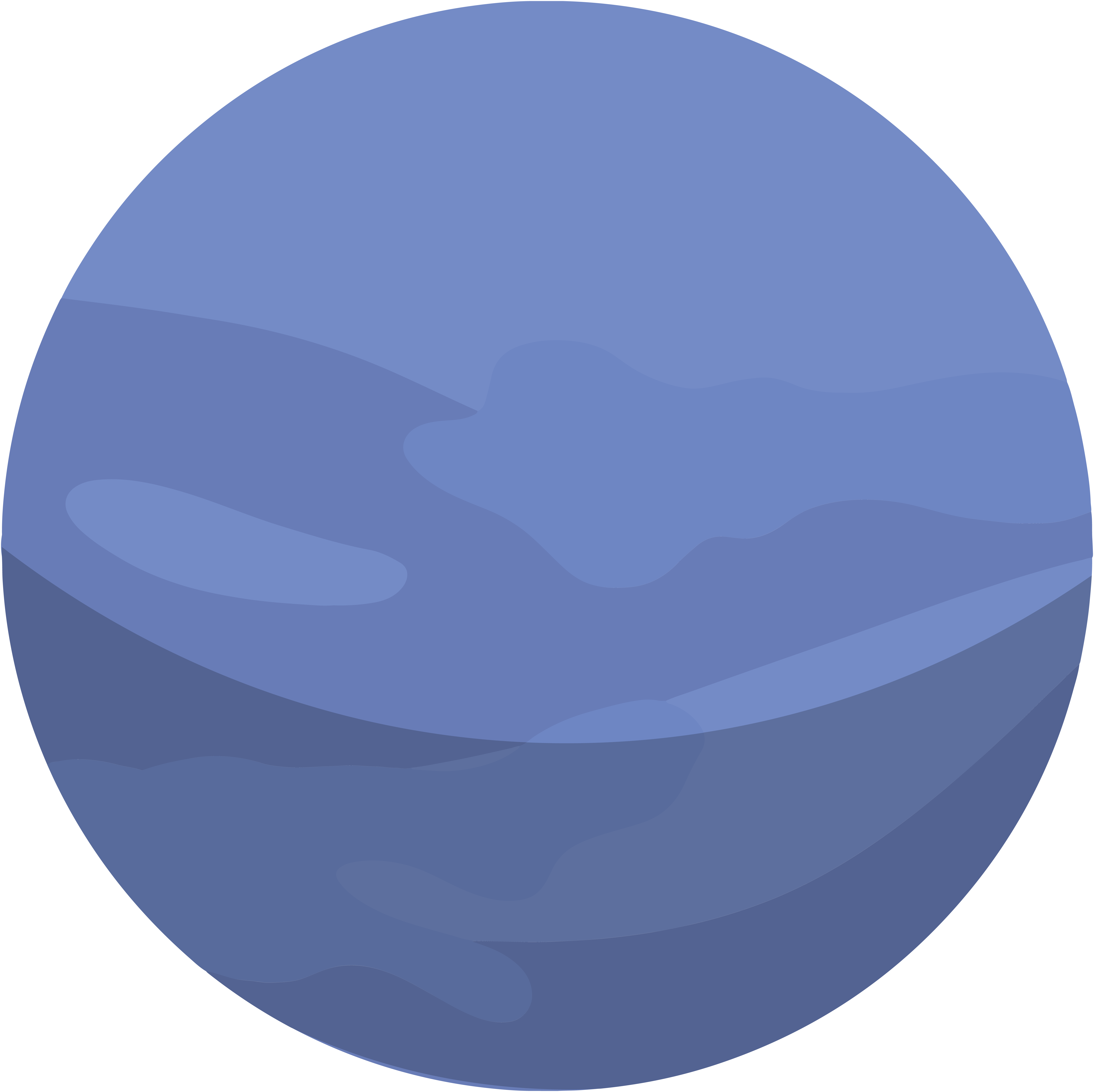
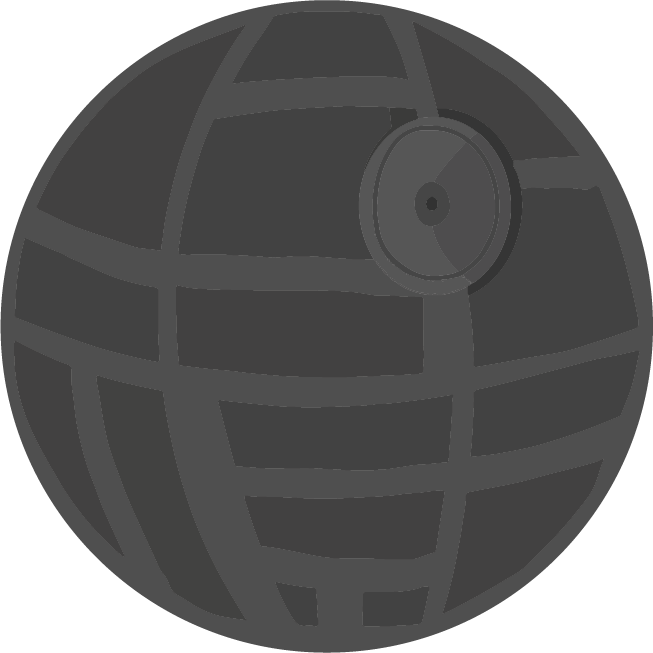

Saturn is the sixth planet from the Sun and the second largest planet in our solar system. Adorned with thousands of beautiful ringlets, Saturn is unique among the planets. It is not the only planet to have rings—made of chunks of ice and rock—but none are as spectacular or as complicated as Saturn’s. Like fellow gas giant Jupiter, Saturn is a massive ball made mostly of hydrogen and helium.
miles from the sun
planet type
surface temperature
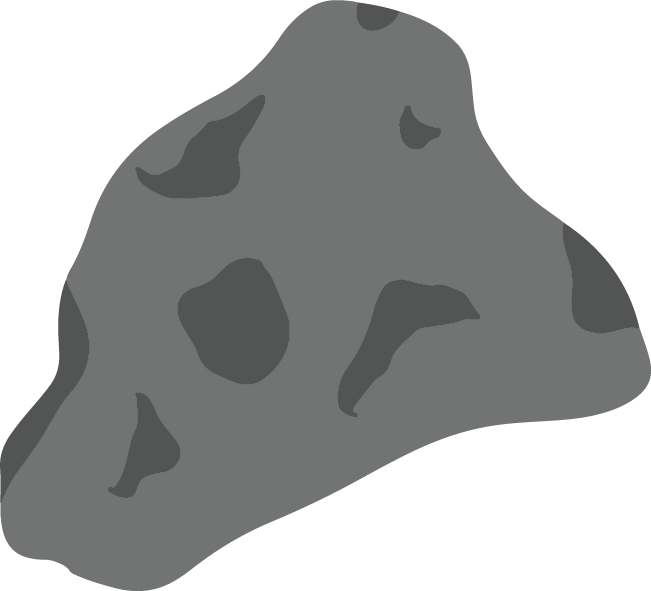
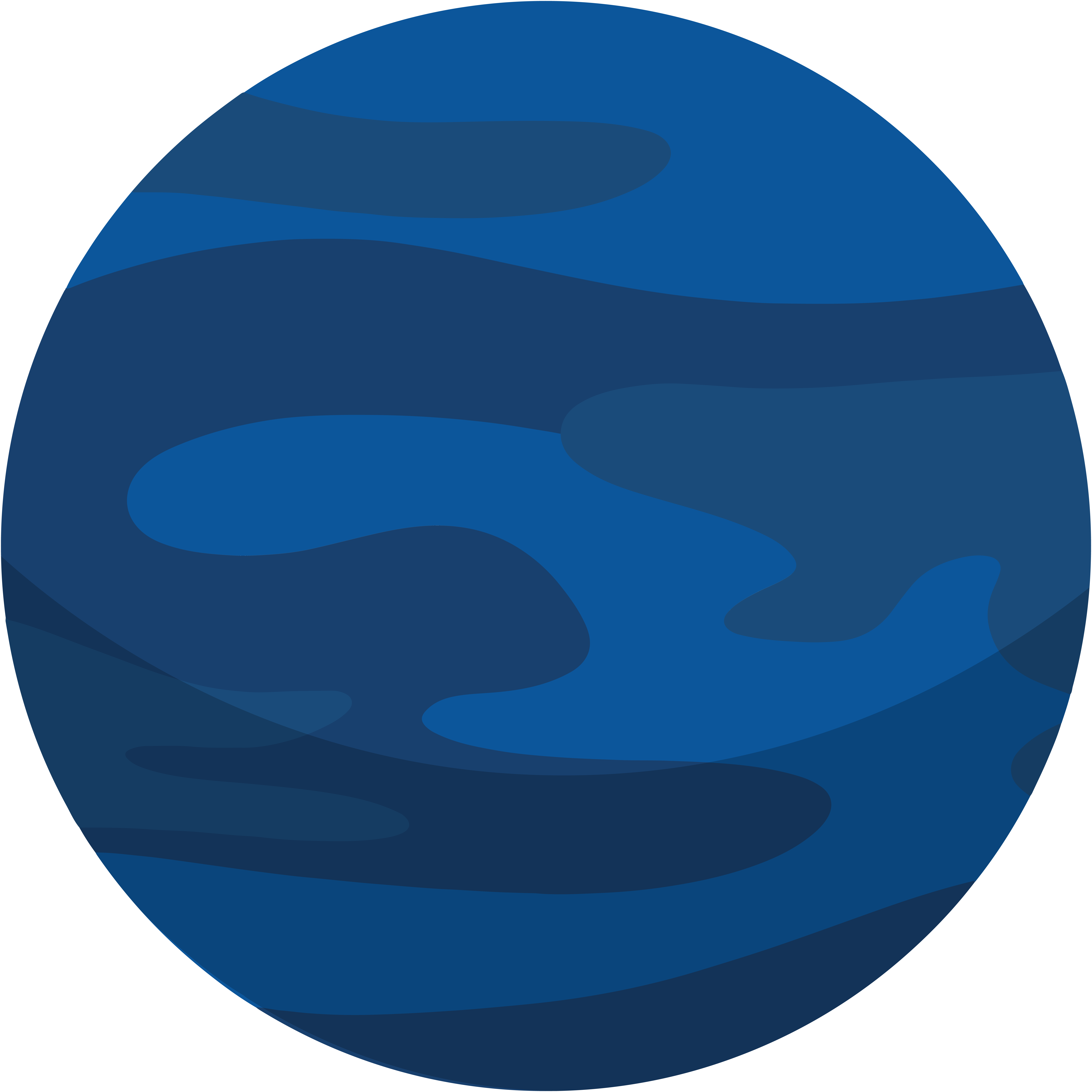
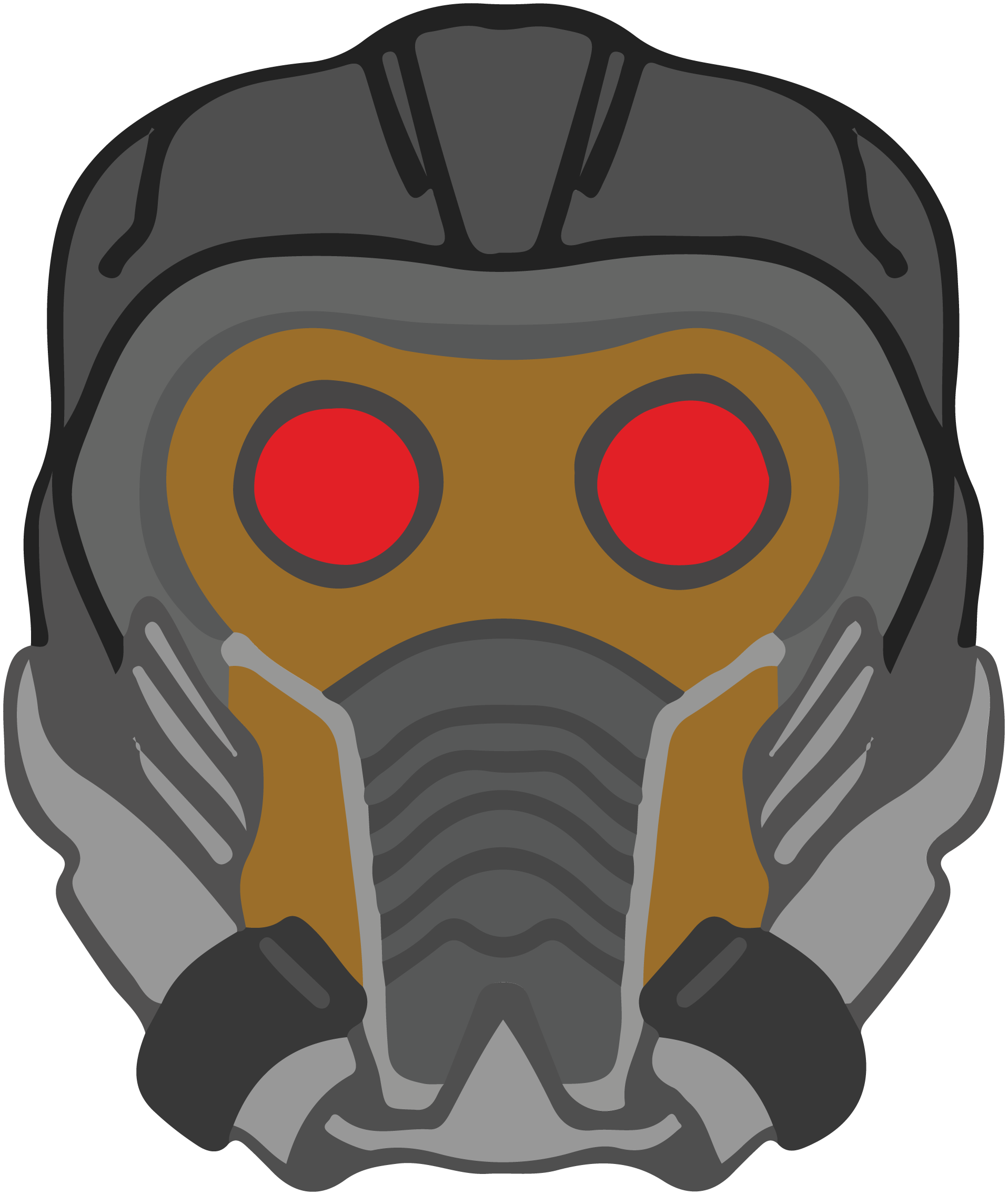
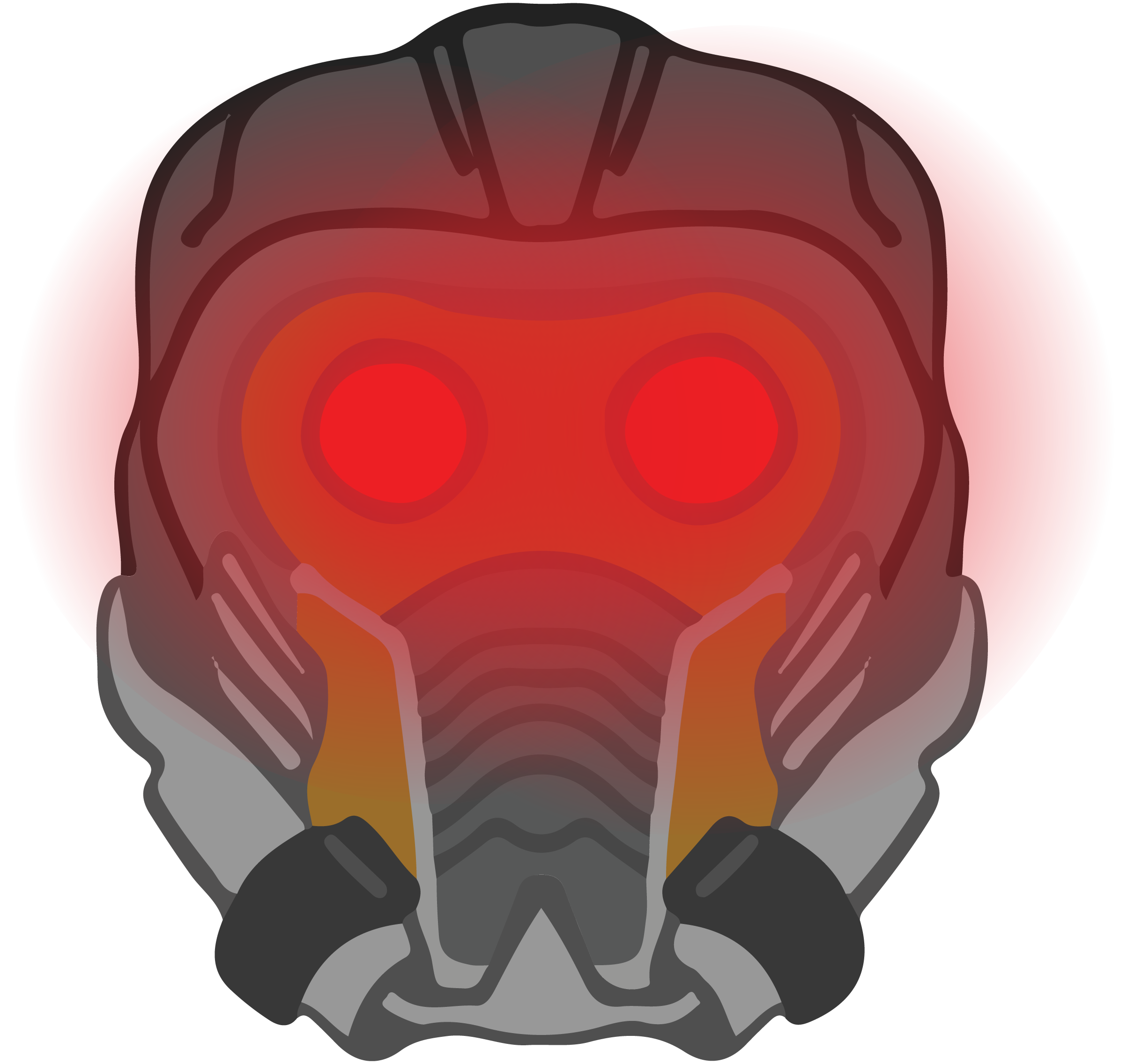

HEY YOU! YA YOU! I’M STILL A PLANET AND DON’T YOU FORGET IT
still a planet
i am
i will always be

Copyright 2018-19 National Space Day